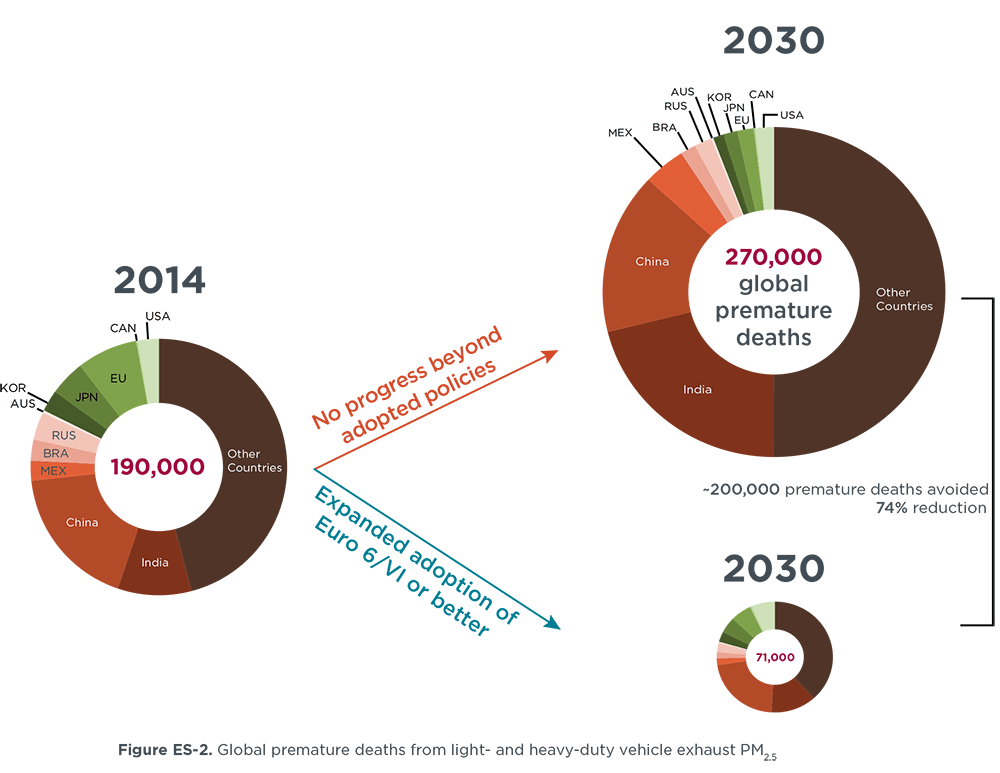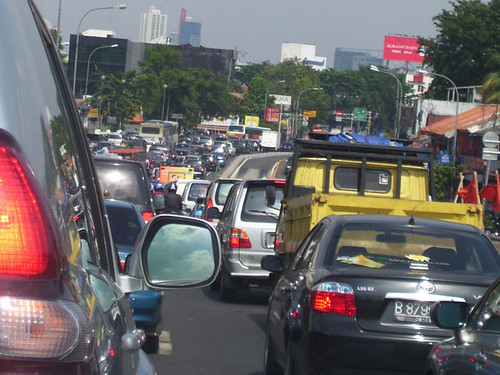Chart(s) of the day: These two charts are enough to paint the appalling state of air pollution in India
These graphs below via Qz.com paint a compelling picture of air quality in India. In most western media discussions/stories about environmental pollution is often China-centric. One would expect China to be topping the charts when it comes to pollution, given the country’s ginormous population, its economic clout and the manufacturing prowess which earned it the “factory of the world” label, . But in reality, #India is the worst offender and it deserves far more scrutiny than China. 14 of the top 20 most polluted cities are in India and a not a single Chinese city made it to this list. Govt. of India should take urgent steps to combat this issue because of the risks it pose to public health.
For what it is worth, the transportation sector is one of the major culprits, accounting for a significant portion of the overall emissions. While congestion in major cities continues to grow worse, the vehicle sales continues at a torrid pace and doesn’t show any signs of a slow down. To put this in perspective, I am borrowing the following points from the ICCT fact sheet:
- India’s vehicle population has grown from 50 million in 2003 to 130 million in 2013.
- Vehicle PM10 emissions have fallen 14% since 2003, but emissions will return to 2003 levels by 2017 due to vehicle population growth if new controls are not mandated
Another major source of pollution in India related to the transportation sector is the noise pollution, which requires a dedicated blog post by itself. So, one of these days I’ll get around to doing some research on that topic and write it up.









